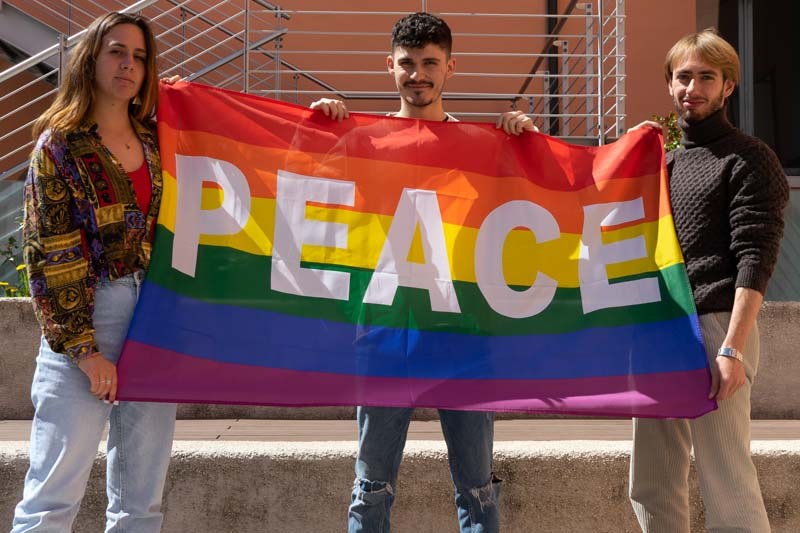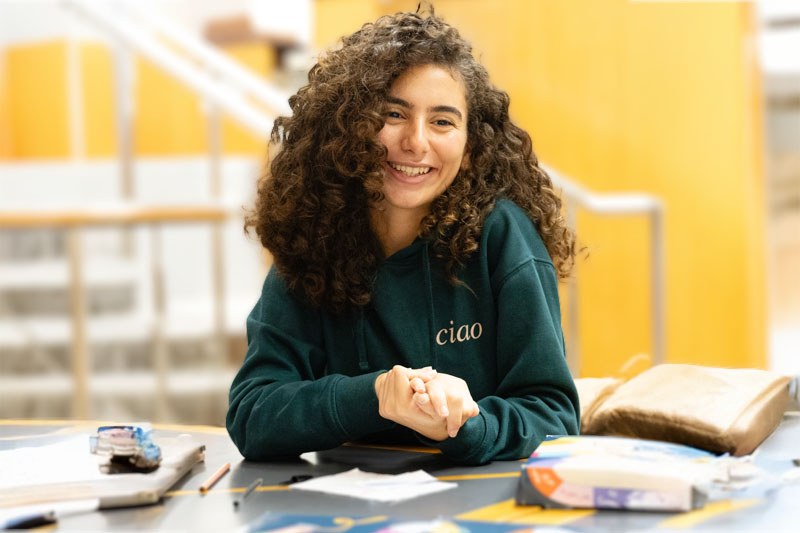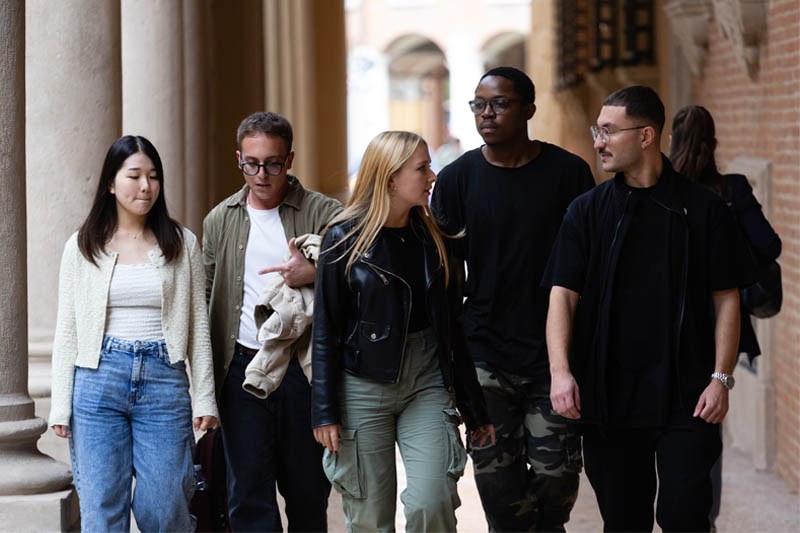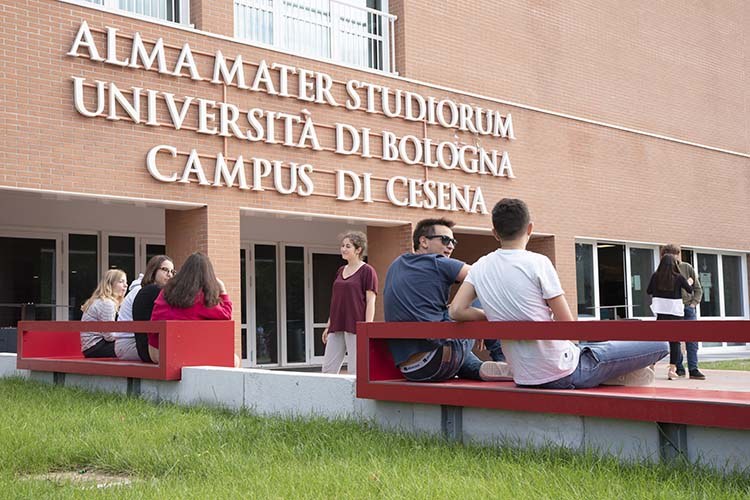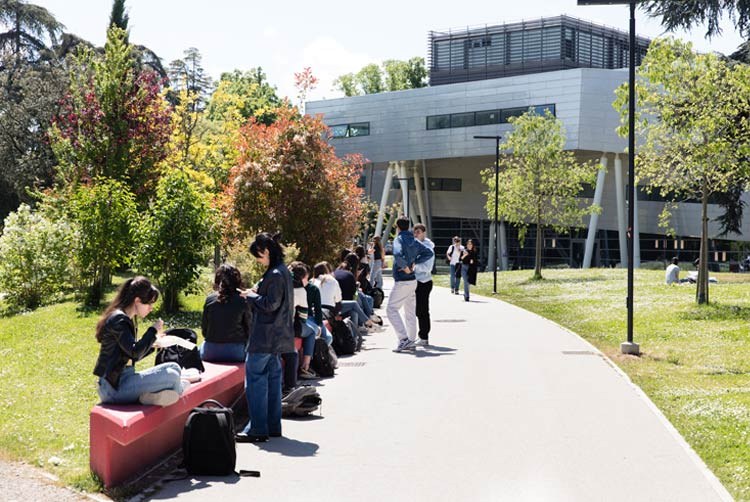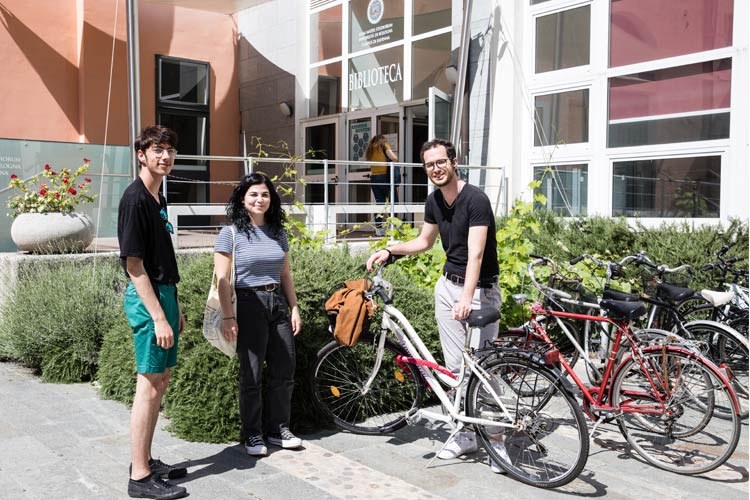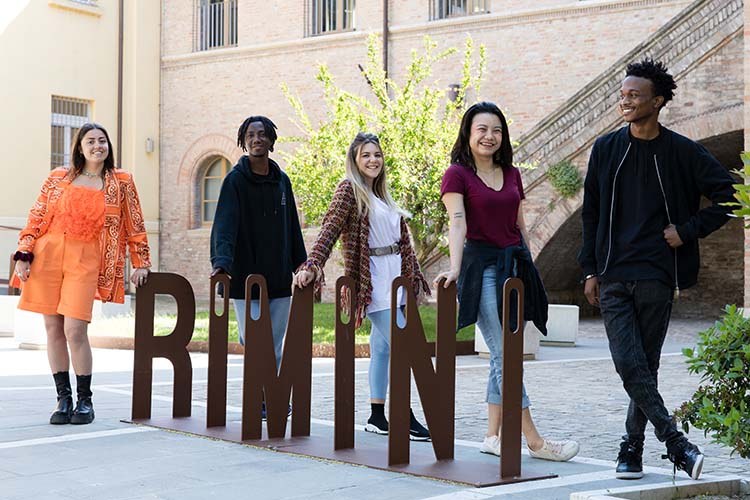Home page
Christmas holidays closures of the General Administration offices Read more
Highlights
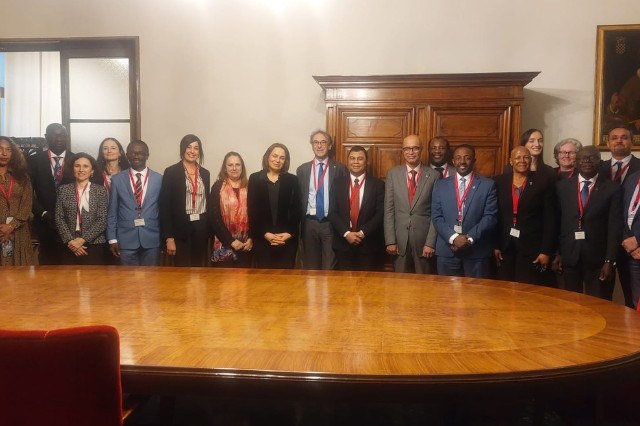
Bridging Continents, Shaping Futures: collaboration between the University of Bologna and its African partner universities
Two days to discuss shared challenges and future scenarios in scientific cooperation between Italy and Africa The University of Bologna hosted its strategic African partners to discuss common challenges and future directions in scientific cooperation between Italy and Africa.

“Dissonant Legacies”: a new virtual exhibition rethinking University heritage
Available on the Unveiling University Heritage in the Digital Era platform, it invites visitors to confront the most complex aspects of Europe’s academic history, exploring themes such as colonialism, totalitarian regimes, discrimination and museum practices today considered problematic.
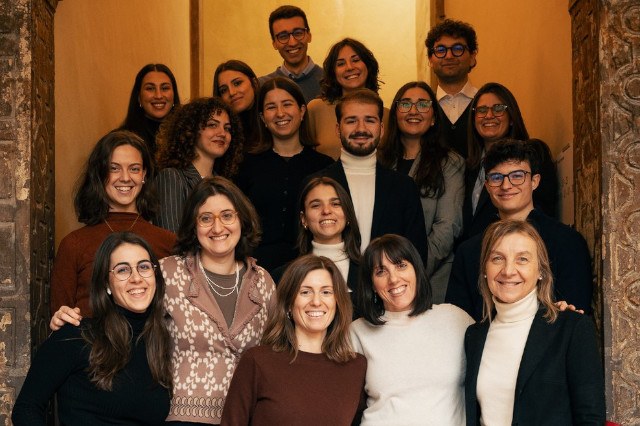
Problem-solving student mediators
The student mediation team is at the heart of the University Dispute Resolution project, an initiative now using mediation as a tool for resolving conflicts between university students.
Voices, stories, ideas
"Something's good if you're sharing it with someone else!"
Ceylin, international students from Turkey
"Finding a community in Bologna was a very easy process."
Federico, international student from Argentina

What do you like best about your life here?
Aiswarya, who won a scholarship for international students, tells us about it.
From research to society
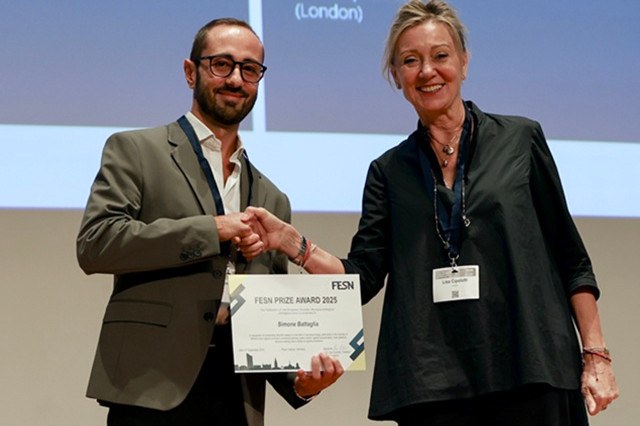
Memory, Fear and Neuroscience: An Interview with Simone Battaglia
A young researcher from the Department of Psychology at the University of Bologna has received three prestigious international awards in the past two years. He shares the story of his scientific journey through the brain, the heart, memory and emotions.
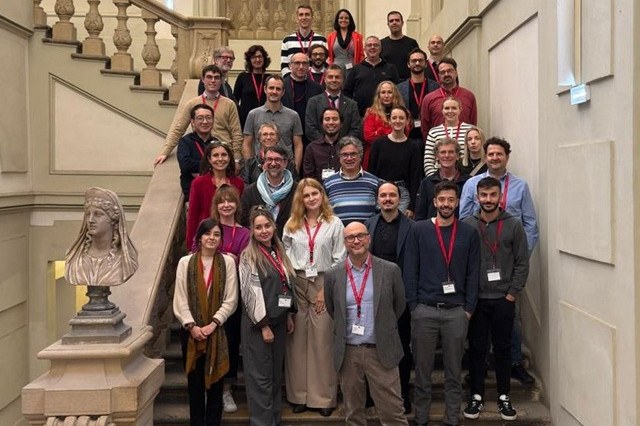
Digital skills for Europe’s virtual worlds of the future: UPRAISE takes off
Coordinated by the University of Bologna, the project brings together 35 partners from 11 countries to develop interdisciplinary training pathways in Virtual Worlds.

Girlbosses in the media: from boom to bust, the parable of an icon
How gender narratives have constructed and dismantled the cultural phenomenon of the 'girlboss', shaping social expectations of women entrepreneurs: a study by the University of Bologna and the Canadian Ivey Business School.


